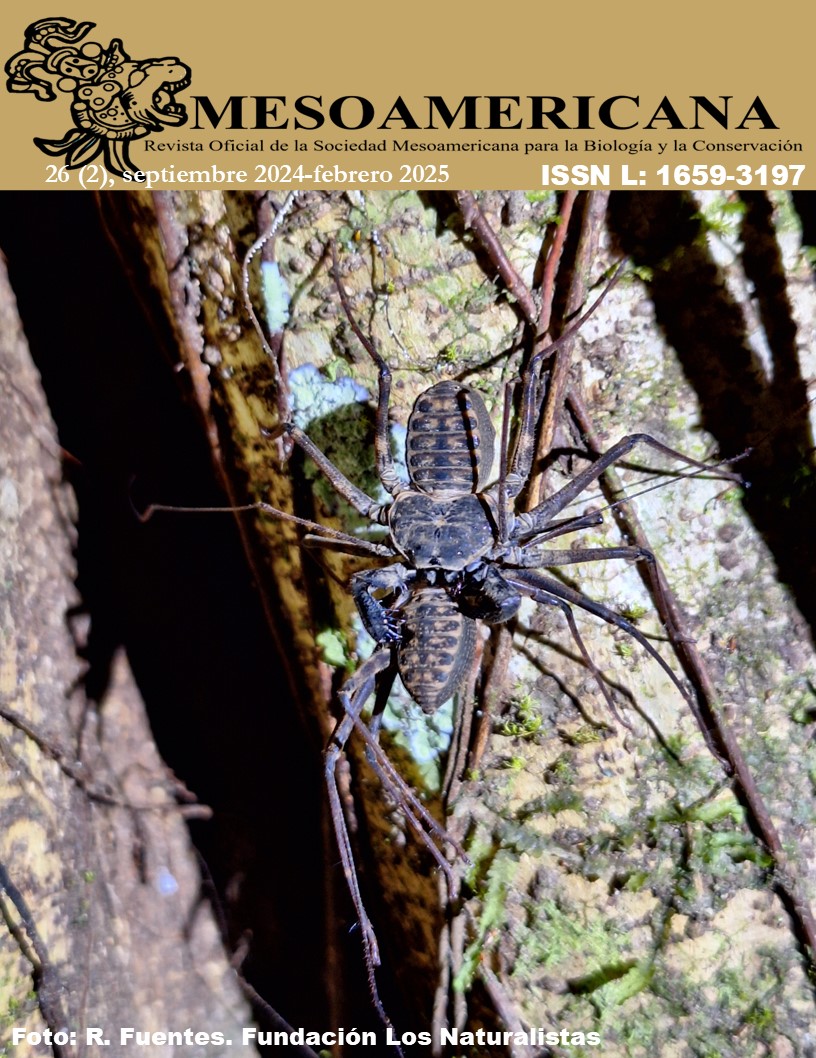

The hammerhead shark (Sphyrna lewini) is in danger of extinction globally according to the IUCN. Their main conservation challenge is the decline of their populations due to overfishing. The species has been subject to intensive fishing at all stages of its life cycle, due to the high economic value of its fins and the demand for its meat. Sphyrna lewini is a migratory shark found in warm, temperate and tropical coastal waters. Its growth is slow, its size at birth is 42-55 cm, sexual maturity for males ranges from 1.5 m to 2.25 m, for females it is 2 meters or more, it reaches a maximum size in adults close to 4.00m in length, With a weight very close to 400 Kg, approximately 880 pounds, its number of embryos per birth is 14-35 offspring. On the coasts, wetlands and river mouths, spawning occurs. Its long gestation period and extensive migrations make it vulnerable to bycatch in the high seas, oceanic congregation areas, and coastal breeding grounds. The lack of management strategies by regional fishing organizations and high catch rates represents a serious threat to their survival. The difficulty in distinguishing between species of the genus has led to grouping estimates of abundance trends into a complex. Analyzes of catch data have shown large declines in the hammerhead complex, including Sphyrna mokarran and Sphyrna zygaena, with reductions of up to 60% to 99% in recent years. Due to the current situation of S. lewini, overexploitation, lack of effective regulation and other natural or man-made threats, it is necessary to include this species in CITES to begin its recovery.